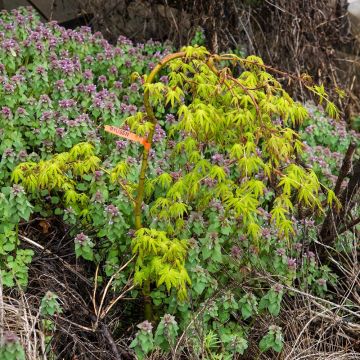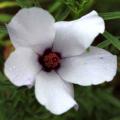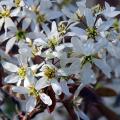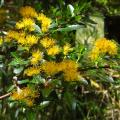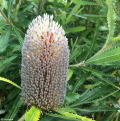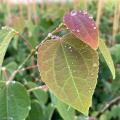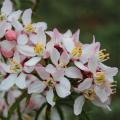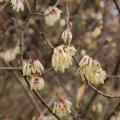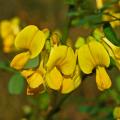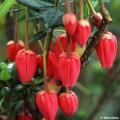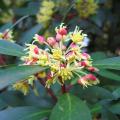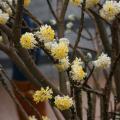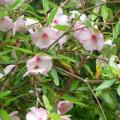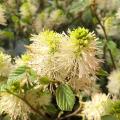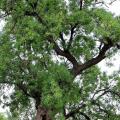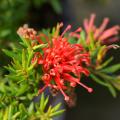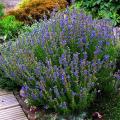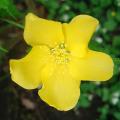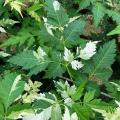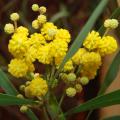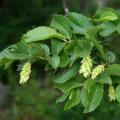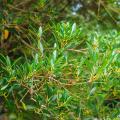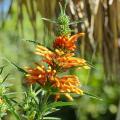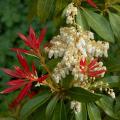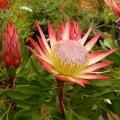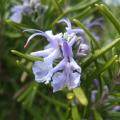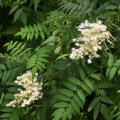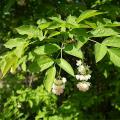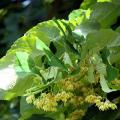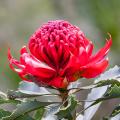Shipping country and language
Your country of residence may be:
Your country of residence is:
For a better user experience on our website, you can select:
Your shipping country:
Andorra
Austria
Belgium
Bulgaria
Canada
Chile
Croatia
Cyprus
Czechia
Denmark
Estonia
Finland
France
Germany
Greece
Hungary
Iceland
Ireland
Italy
Latvia
Lithuania
Luxembourg
Malta
Monaco
Netherlands
Poland
Portugal
Romania
Slovakia
Slovenia
Spain
Sweden
Switzerland
United Kingdom
We only deliver seed and bulb products to your country. If you add other products to your basket, they cannot be shipped.
Language:
French
German
Spanish
English
My Account
Hello
My wish lists
Plantfit
Log in / Register
Existing customer?
New customer?
Create an account to track your orders, access our customer service and, if you wish, make the most of our upcoming offers.
Japanese Maples, all our special offers
Does this plant fit my garden? Set up your Plantfit profile →
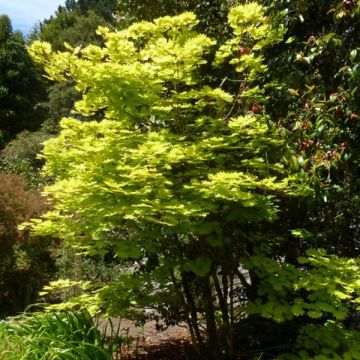
Available in 1 sizes

Available in 2 sizes

Available in 2 sizes

Available in 2 sizes
Available in 2 sizes
Available in 1 sizes
Available in 2 sizes
The Japanese maples are small deciduous trees or large shrubs known and universally appreciated for their silhouette and the flamboyant colours that their foliage takes on in autumn. Well-suited to container cultivation in a suitable substrate, like Acer palmatum 'Dissectum Garnet', they are the undisputed stars of small urban gardens and shaded terraces in Japanese, contemporary, or Zen styles. Belonging to the Acer genus and the Sapindaceae family, most of our Japanese maples are derived from nine original species native to Japan, Korea, and China. The most widespread cultivars primarily belong to the two species Acer japonicum and Acer palmatum. Their size does not exceed 1.25 m (4ft) for the smallest varieties such as Acer palmatum 'BloodGood', whilst most Acers reach approximately 5 m (16ft) in height, and the tallest ones reach 10 m (33ft) in height. In Japanese maples, the foliage is a major asset that comes in large, more or less palmate leaves, sometimes finely cut, with variable colours: golden in Acer palmatum 'Aureum', orange in 'Orange Dream', pink or variegated, taking on sumptuous red-orange to purple tones that are truly extraordinary in autumn. Japanese maples generally prefer semi-shaded positions and well-drained, slightly acidic, and moist soils.
Haven't found what you were looking for?
The flowering period indicated on our website applies to countries and regions located in USDA zone 8 (France, the United Kingdom, Ireland, the Netherlands, etc.)
It will vary according to where you live:
- In zones 9 to 10 (Italy, Spain, Greece, etc.), flowering will occur about 2 to 4 weeks earlier.
- In zones 6 to 7 (Germany, Poland, Slovenia, and lower mountainous regions), flowering will be delayed by 2 to 3 weeks.
- In zone 5 (Central Europe, Scandinavia), blooming will be delayed by 3 to 5 weeks.
In temperate climates, pruning of spring-flowering shrubs (forsythia, spireas, etc.) should be done just after flowering.
Pruning of summer-flowering shrubs (Indian Lilac, Perovskia, etc.) can be done in winter or spring.
In cold regions as well as with frost-sensitive plants, avoid pruning too early when severe frosts may still occur.
The planting period indicated on our website applies to countries and regions located in USDA zone 8 (France, United Kingdom, Ireland, Netherlands).
It will vary according to where you live:
- In Mediterranean zones (Marseille, Madrid, Milan, etc.), autumn and winter are the best planting periods.
- In continental zones (Strasbourg, Munich, Vienna, etc.), delay planting by 2 to 3 weeks in spring and bring it forward by 2 to 4 weeks in autumn.
- In mountainous regions (the Alps, Pyrenees, Carpathians, etc.), it is best to plant in late spring (May-June) or late summer (August-September).
The harvesting period indicated on our website applies to countries and regions in USDA zone 8 (France, England, Ireland, the Netherlands).
In colder areas (Scandinavia, Poland, Austria...) fruit and vegetable harvests are likely to be delayed by 3-4 weeks.
In warmer areas (Italy, Spain, Greece, etc.), harvesting will probably take place earlier, depending on weather conditions.
The sowing periods indicated on our website apply to countries and regions within USDA Zone 8 (France, UK, Ireland, Netherlands).
In colder areas (Scandinavia, Poland, Austria...), delay any outdoor sowing by 3-4 weeks, or sow under glass.
In warmer climes (Italy, Spain, Greece, etc.), bring outdoor sowing forward by a few weeks.






